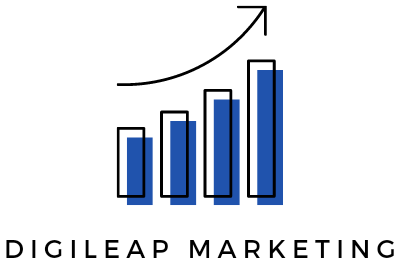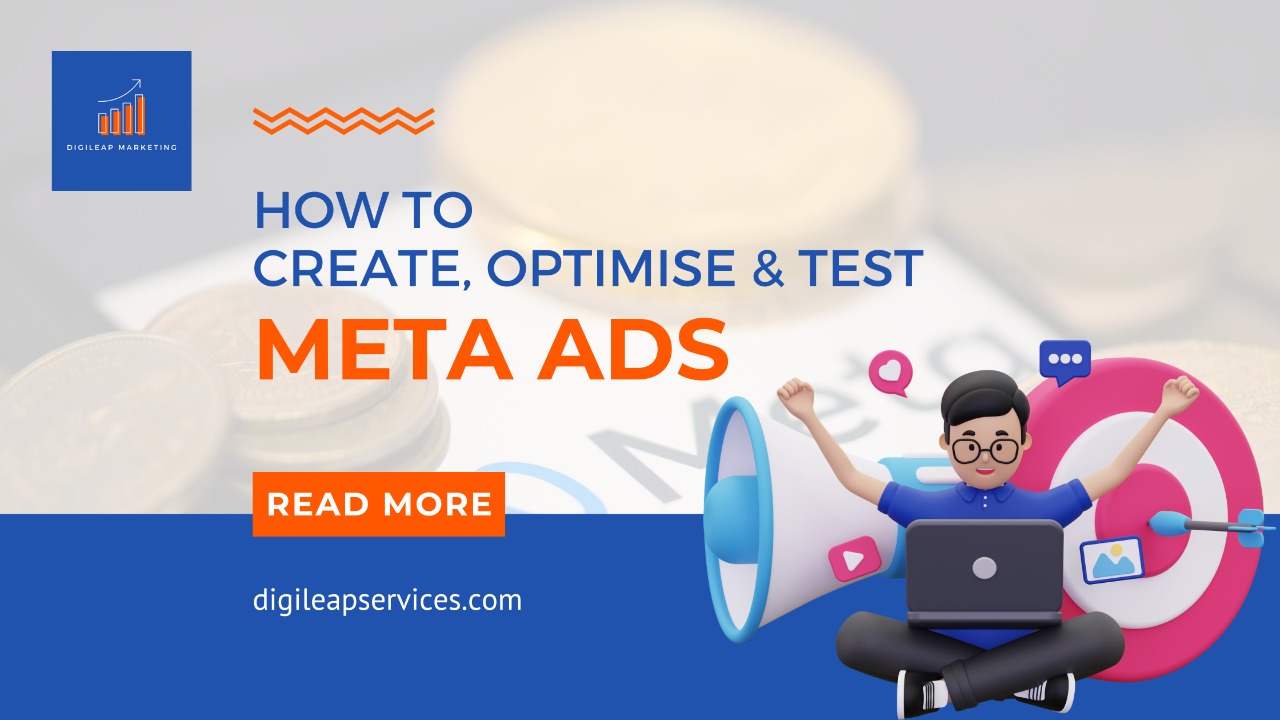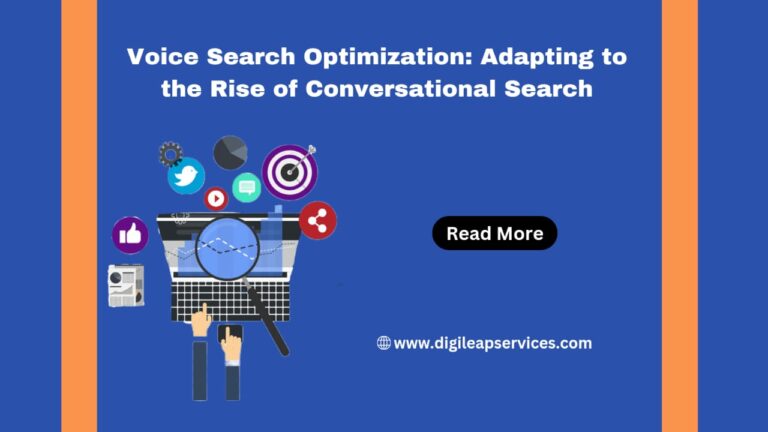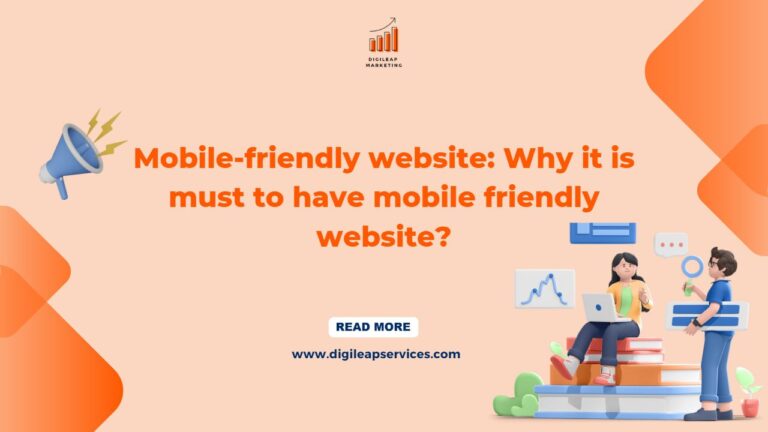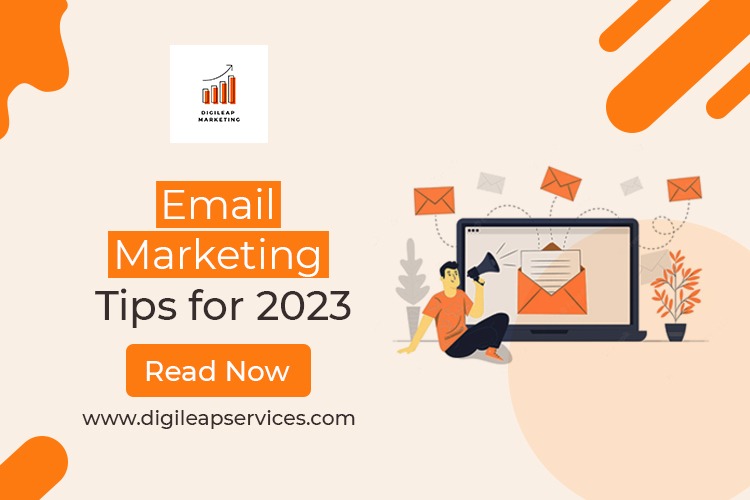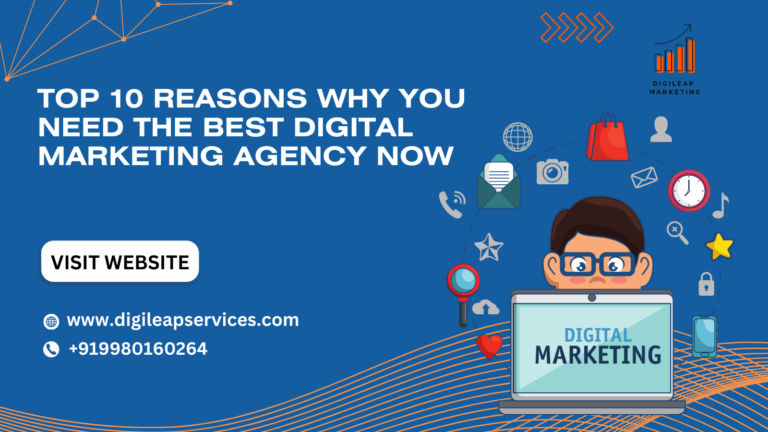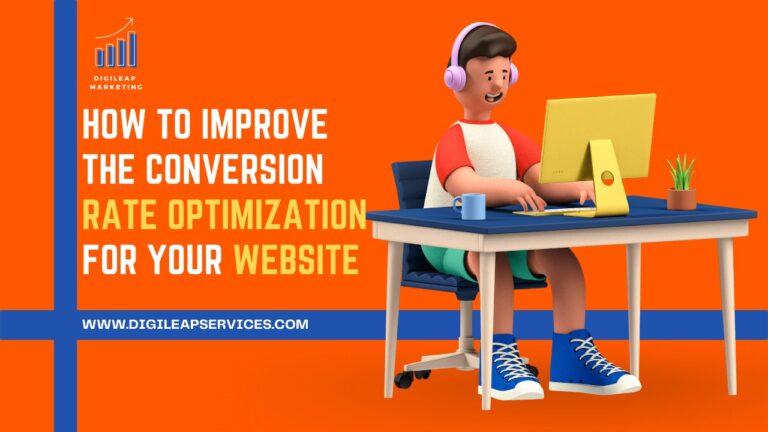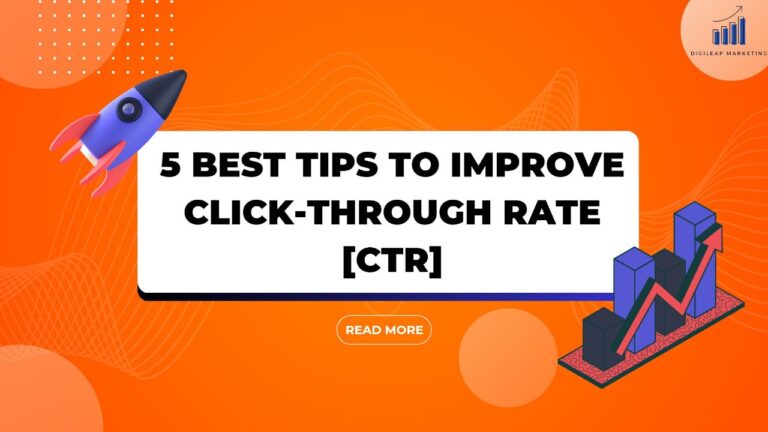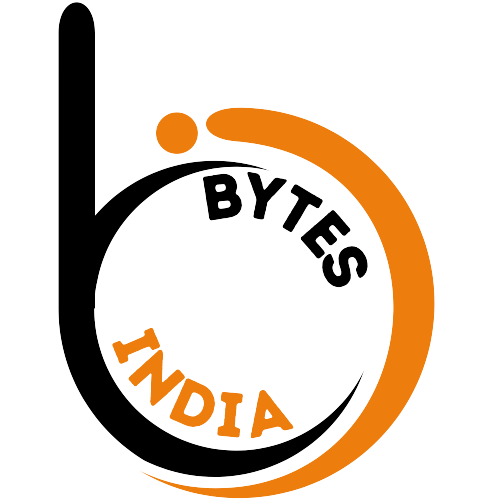How to create, optimise and test meta ads.
We can’t address Meta advertisements without mentioning Facebook ads. Facebook recently changed its name to meta in 2021. They want to be a social technology firm, not just a social media behemoth. Meta advertisements allow advertisers to reach Facebook and Instagram users from a single platform. Users are targeted with meta-advertisements depending on their location, demographics, and profile information. Many of these settings are exclusive to Meta. You select a budget and bid for each click or thousand impressions your ad receives after production. You may advertise to Facebook and Instagram users via boosted posts, videos, photos, Stories, messenger, carousel, slideshows, playable advertising, and immediate experiences when you create ads in Meta Business Suite.
How to create Meta ADS.
Businesses that are most likely to succeed with Meta advertisements encourage people to sign up rather than purchase. Your website visitor was not seeking your product. They clicked on your ad on the spur of the moment. You will fail if you rely on them to buy something right away for your ad ROI to be good. If you ask for a significant commitment (payment) upfront, meta users are fickle and will likely return to Facebook or Instagram. Instead, focus on easy conversions such as joining up for your service, completing a brief lead form, entering an email address, or converting within the platform via Instagram shopping or something similar. Even if you don’t sell services, you should think about focusing on an intermediate conversion, such as a newsletter signup. Then, later on, you can upsell via email marketing or retargeting ads.
The greatest business strategy for Facebook ads is to generate cash from its users over time rather than all at once. Users may provide you with their email addresses. A series of minor purchases is ideal. Daily deal websites and subscription services are excellent examples of business concepts that can thrive on Meta. Both have consumers with a lifetime value of six months or more. Udemy prioritizes encouraging users to join up on their first visit. They convert Facebook users into long-term clients by striving to be profitable on ad expenditure in six months. They aim for a 20% payback on ad spend on day one and a 100% payback in six months. These figures can serve as a general guide for your company. Meta works effectively for businesses in fashion, books, and other modest purchases.
Meta Ads Optimization
Facebook’s ad targeting abilities are unparalleled. To target people similar to your best clients, you can target by demographics and create custom or lookalike audiences. Retargeting advertising can also target visitors who have interacted with your page or visited your website. Workplace, location, age, and education are all possible targets. Depending on your audience, each choice may be helpful. Most marketers should concentrate on geography, age, gender, and interests.
You can target users in the country, state, city, or zip code of your service. Your existing consumers should be used to determine age and gender targeting. If they prove profitable, you can broaden your targeting. The most powerful yet misunderstood element of Facebook ads is interest targeting. You have two options when crafting an ad: broad categories or specific interests.
You may reach out to clients who are already familiar with your brand by using retargeting advertisements. You may increase your chances of success by building dynamic adverts that display people’s goods they are likely to be interested in.
Meta suggests a bid range once you create your ad. Set your bid near the low end of this range when you’re first starting to avoid wasting ad money on an untested ad. Optimize your advertising and targeting to boost your CTR over time. For each campaign, Meta gives a nice chart that shows the size of your target audience and how much of that population you’ve reached. Increasing your bid will allow your ad to get a more significant portion of your target audience. If your ad is doing well but only reaches 75% of your target demographic, you might put up your bid to acquire additional clicks. If your audience penetration is high, raising your budget will increase the frequency of your ad: the number of times a targeted user will view it. Meta also provides automated bidding, which employs artificial intelligence to choose which bids to place. If you use this technique, keep a tight check on your budget to avoid overspending.
Test AD Performance
You’ll need to install Meta’s pixel to track conversions. To better understand which advertising converts, track conversions for particular ads and ad campaigns. Pay attention to your ads and your audience—targeting the correct group may frequently make or break your campaign.
Within Meta Business Suite, you may track your performance. The click-through rate is the most crucial indicator to monitor. Your CTR influences the number of clicks you receive and the cost per click. Ads with a low CTR will either cease to serve or grow more expensive. Ads with a high CTR will generate as many clicks as your budget allows. They will also be less expensive. Keep an eye on CTR by interests and advertising to learn which audiences work best and which ads they respond to.
A/B testing allows you to experiment with different variables in your ads, such as ad wording, pictures, or audience, to determine which technique performs better. Meta will enable you to create A/B testing directly in Ads Manager, eliminating the requirement for a third-party solution.
Businesses that are most likely to succeed with Meta advertisements encourage people to sign up rather than purchase. Your website visitor was not seeking your product. They clicked on your ad on the spur of the moment. You will fail if you rely on them to buy something right away for your ad ROI to be good. If you ask for a large commitment (payment) upfront, meta users are fickle and will likely return to Facebook or Instagram. Instead, focus on easy conversions such as joining up for your service, completing a brief lead form, entering an email address, or converting within the platform via Instagram shopping or something similar. Even if you don’t sell services, you should think about focusing on an intermediate conversion, such as a newsletter signup. Then, later on, you can upsell via email marketing or retargeting ads.
The greatest business strategy for Facebook ads generates cash from its users over time rather than all at once. Users may provide you with their email addresses. A series of minor purchases is ideal. Daily deal websites and subscription services are excellent examples of business concepts that can thrive on Meta. Both have consumers with a lifetime value of six months or more. Udemy prioritizes encouraging users to join up on their first visit. They convert Facebook users into long-term clients by striving to be profitable on ad expenditure in six months. They aim for a 20% payback on ad spend on day one and a 100% payback in six months. These figures can serve as a general guide for your company. Meta works effectively for businesses in fashion, books, and other modest purchases.
Meta Ads Optimization
Facebook’s ad targeting abilities are unparalleled. To target people who are similar to your best clients, you can target by demographics and create custom or lookalike audiences. Retargeting advertising can also be used to target visitors who have interacted with your page or visited your website. Workplace, location, age, and education are all possible targets. Depending on your audience, each choice may be useful. The majority of marketers should concentrate on geography, age, gender, and interests.
You can target users in the country, state, city, or zip code that you service. Your existing consumers should be used to determine age and gender targeting. If they prove profitable, you can broaden your targeting. The most powerful yet misunderstood element of Facebook ads is interest targeting. You have two options when crafting an ad: broad categories or specific interests.
You may reach out to clients who are already familiar with your brand by using retargeting advertisements. You may increase your chances of success by building dynamic adverts that display people’s goods they are likely to be interested in.
Meta suggests a bid range once you create your ad. Set your bid near the low end of this range when you’re first starting to avoid wasting ad money on an untested ad. Optimize your advertising and targeting to boost your CTR over time. For each campaign, Meta gives a nice chart that shows the size of your target audience and how much of that population you’ve reached. Increasing your bid will allow your ad to reach a larger portion of your target audience. If your ad is doing well but only reaches 75% of your target demographic, you might up your bid to acquire additional clicks. If your audience penetration is high, raising your budget will increase the frequency of your ad: the number of times a targeted user will view it. Meta also provides automated bidding, which employs artificial intelligence to choose which bids to place. If you employ this technique, keep a tight check on your budget to avoid overspending.
Test AD Performance
You’ll need to install Meta’s pixel to track conversions. To have a better understanding of which advertising converts, track conversions for both particular ads and ad campaigns. Pay attention to both your ads and your audience—targeting the correct group may frequently make or break your campaign.
Within Meta Business Suite, you may track your performance. The click-through rate is the most crucial indicator to monitor. Your CTR influences both the number of clicks you receive and the cost per click. Ads with a low CTR will either cease to serve or grow more expensive. Ads with a high CTR will generate as many clicks as your budget allows. They will also be less expensive. Keep an eye on CTR by interests and advertising to learn which audiences work best and which ads they respond to.
A/B testing allows you to experiment with different variables in your ads, such as ad wording, pictures, or audience, to determine which technique performs better. Meta allows you to create A/B testing directly in Ads Manager, eliminating the requirement for a third-party solution.
If you are looking for more blogs like this. Visit our website www.digileapservices.com
